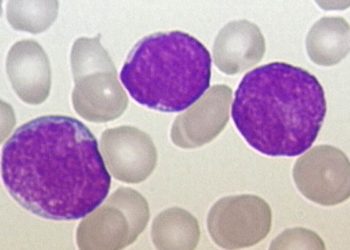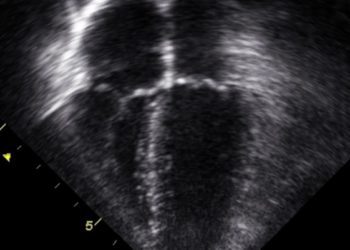Healthcare-associated infections falling among critically ill children
1. Central line-associated bloodstream infections (CLABSIs) and ventilator-associated pneumonias (VAPs) fell significantly among neonatal intensive care units between 2007 and 2012.
2. During the same time period, CLABSIs and VAPs also fell significantly among pediatric intensive care units; however, there was no significant change in catheter-associated urinary tract infections (CAUTIs).
Evidence Rating Level: 2 (Good)
Study Rundown: Hospital-associated infections (HAIs) such as CLABSIs and VAPs are known to cause significant morbidity and mortality in pediatric populations. This study examined the incidence of CLABSIs and VAPs among neonatal intensive care units (NICUs); as well as CLABSIs, VAPs and CAUTIs among pediatric intensive care units (PICUs) in the United States between 2007 and 2012. In both NICUs and PICUs, rates of CLABSI fell 61% during the study. Similarly, VAP incidence fell 50% in NICUs and 76% in PICUs. Among PICUs, CAUTI rates remained unchanged during the study period. This study is limited by the inclusion of only hospitals who are members of the Preventing Avoidable Infectious Complications by Avoiding Payment (PAICAP) study, who were more likely to be large (>400 beds) and to be associated with a graduate teaching hospital. The Affordable Care Act and Medicaid began financially penalizing hospitals for HAIs in 2012. This study shows that it is possible to reduce HAIs and, in fact, many hospitals succeeded in doing so without financial incentives.
Click to read the study, published today in Pediatrics
Relevant Reading: Reducing Central Line–Associated Bloodstream Infections in North Carolina NICUs
Study Author, Dr. Stephen Patrick, MD, MPH, MS, talks to 2 Minute Medicine: Vanderbilt University, Assistant Professor of Pediatrics and Health Policy, Division of Neonatology:
“Health-care associated infections (HAIs) are a harmful and costly complication of the care we provide to our most vulnerable patients. Our study found a dramatic decrease in HAIs across the US. This paper will introduce trainees to HAIs and discuss why we believe this dangerous complication of care is becoming more rare. Despite the decrease there is more work to do, trainees play a pivotal role in making care for our children safer by being mindful of ways to reduce HAIs.”
In-Depth [retrospective cohort]: In this study, authors examined hospitals reporting to the CDC’s National Healthcare Safety Network between 2007 and 2012. The 174-hospital subset examined were members of PAICAP study and included 173 institutions reporting NICU data and 64 institutions reporting PICU data. Among NICUs, the rates of CLABSI fell from 4.9 to 1.5 per 1000 line days (incident rate ratio [IRR] 0.96 per quarter, 95% CI 0.95-0.97). VAP incidence rates fell from 1.6 to 0.6 per 1000 ventilator days (IRR 0.97 per quarter, CI 0.93-0.99). In addition, very low birth weight infants were 2.24 (CI 1.96-2.57) times as likely to have CLABSI and 3.48 (CI 2.11-5.47) times as likely to have VAP when compared to normal birth weight neonates. Among PICUs, the rates of CLABSI fell from 4.7 to 1.0 per 1000 line days (IRR 0.96 per quarter, CI 0.94-0.98) and VAP rates fell from 1.9 to 0.7 per 1000 ventilator days (IRR 0.95 per quarter, CI 0.94-0.98).
More from this author: Childhood ADHD, stimulant treatment not linked with height
Image: PD
©2012-2014 2minutemedicine.com. All rights reserved. No works may be reproduced without expressed written consent from 2minutemedicine.com. Disclaimer: We present factual information directly from peer reviewed medical journals. No post should be construed as medical advice and is not intended as such by the authors, editors, staff or by 2minutemedicine.com. PLEASE SEE A HEALTHCARE PROVIDER IN YOUR AREA IF YOU SEEK MEDICAL ADVICE OF ANY SORT.







